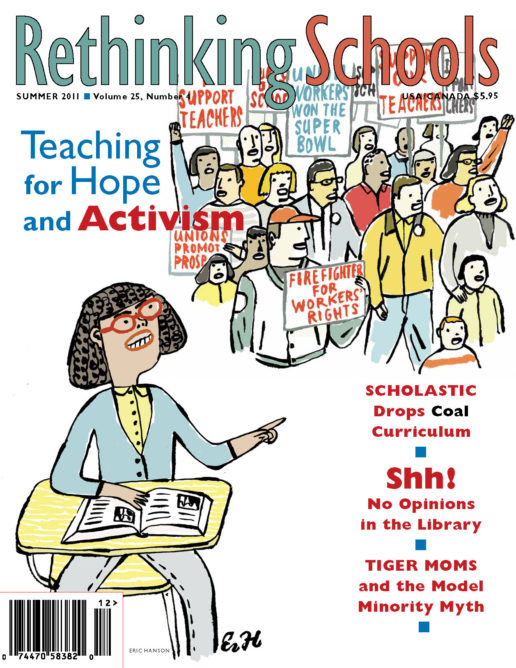Resources 25.4
Check out these valuable resources, reviewed by Rethinking Schools editors and Teaching for Change colleagues.
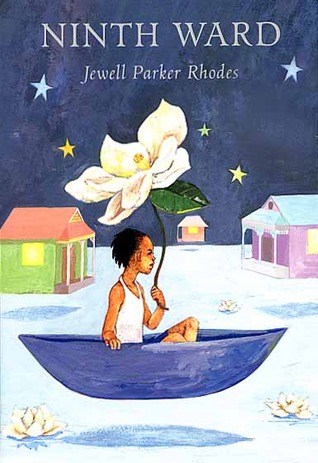
Young Adult Books
Ninth Ward
By Jewell Parker Rhodes (Little Brown, 2010)
217 pp. $15.99
Each chapter in this lovely middle school novel is a day in the life of 12-year-old Lanee- sha and her Mama Ya-Ya in the week before Hurricane Katrina. The reader steps into Laneesha’s warm neighbor- hood in the Ninth Ward of New Orleans, feels the terror of the impending storm, and sees the resilience of residents. The novel is so beautifully written that the fact that Laneesha and her Mama Ya-Ya can see ghosts seems natural—and is an effective way of showing how the power of ancestors and history helped Ninth Ward residents survive. It is also made clear that the cause of the massive destruc- tion was not the natural storm but the U.S. Army Corps of Engineers’ levees. (This point is also made in the new docu- mentary film The Big Uneasy by Harry Shearer of The Simpsons. Although the film is too long for classroom use, showing clips of the whistleblower from the Army Corps of Engineers introduces questions about public safety beyond New Orleans.)
After reading Ninth Ward, students will want to know more about New Orleans and will hope that Rhodes writes more young adult novels.
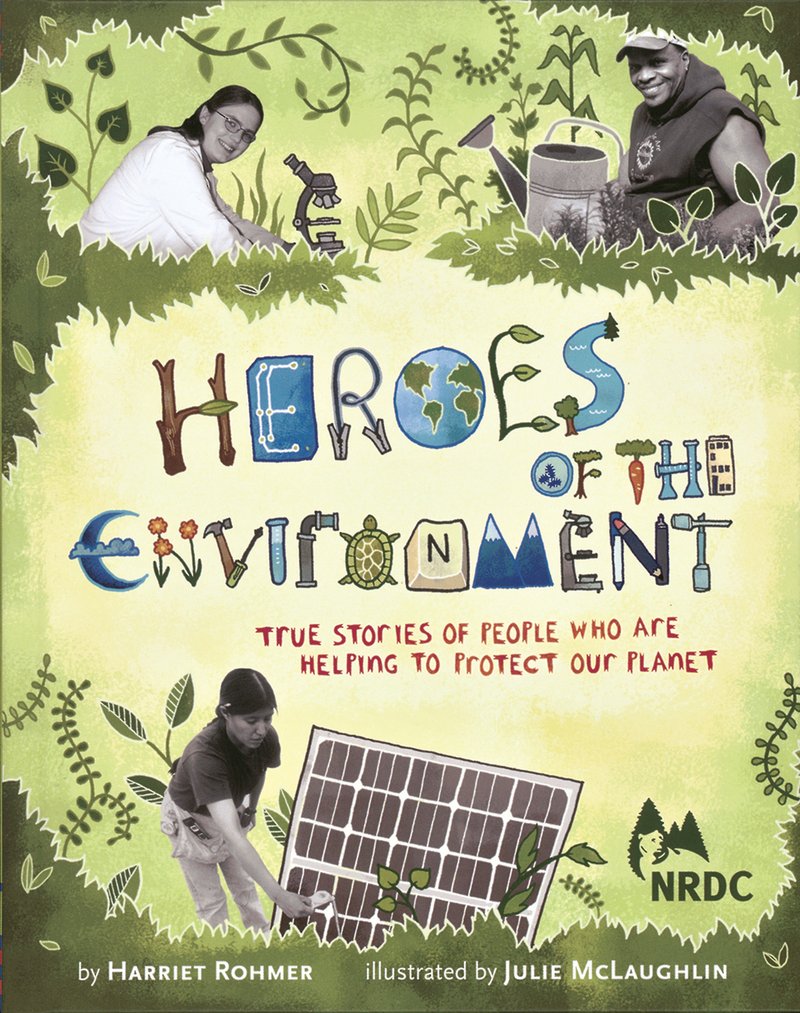
Heroes of the Environment: True Stories of People Who Are Helping to Protect Our Planet
By Harriet Rohmer (Chronicle Books, 2009)
109 pp. $16.99
Dozens of books tell children that they and their families can save the environment by recy- cling, not littering, and turn- ing off the lights. These are important messages, but the climate crisis we face requires more. Finally there is a book for middle school readers about people working collectively to address the root causes of environmental destruction. He- roes of the Environment features environmental activists taking on electronic waste, moun- taintop removal mining, the destruction of wetlands, and more. Written by Children’s Book Press founder Harriet Rohmer, Heroes of the Environ- ment includes 12 activists of all ages in the United States and one in Mexico.
Curriculum
Free Land: A Hip Hop Journey from the Streets of Oakland to the Wild Wild West
By Ariel Luckey
(Speak Out/The Institute for Democratic Education and Culture, 2010)
116 pp./90 min. curriculum guide $30 DVD $20, both $40
This is a quirky yet extraordinary meditation on the deep meaning of Westward Expansion. If that sounds dry or densely academic, it’s not. Hip-hop artist Ariel Luckey set out on a quest to understand his own racial and cultural history: How did his family come into their “free land” in the American West? Whose land was this and how was ownership transferred? As he discovers the answers to these questions, Luckey deals with broad historical themes but also intensely personal ones about the meaning of his own whiteness and white privilege. And he does this with humor and heart. This is a kind of personal people’s history of Luckey’s growing critical awareness about his family’s problematic history.
The accompanying curriculum offers context and ways to engage students in relating Luckey’s journey to their own lives.

Firebrands: Portraits from the Americas
Edited by Shaun Slifer and Bec Young
(Microcosm Publishing, 2010)
192 pp. $10
In the introduction to Firebrands, Taylor Sparrow quotes C. L. R. James: “We were not able to choose the mess we were born into—this collapse of a whole society—but we are able to choose our way out.” The 78 people featured in this book of beautiful line drawings and two- or three-paragraph bios “found a way, whether big or small, to stand up against things that were oppressing them. Living a more full life is a choice, and any of us can make it—at any time.” Firebrands provides inspiration and ideas to help all of us find a way out into creating a world where everyone can pursue a fuller life. It can be used to introduce students to dozens of people rarely mentioned in textbooks who merit attention. Teachers who use the lesson “Teaching Unsung Heroes” (see http:// zinnedproject.org/posts/1503) could use the short biographies in Firebrands to supplement the roles in that lesson.
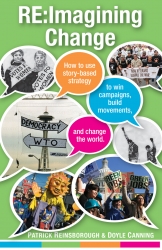
Re-Imagining Change: How to Use Story- Based Strategy to Win Campaigns, Build Movements, and Change the World
By Patrick Reinsborough and Doyle Canning
(PM Press, 2010)
142 pp. $16.95
This short, graphic-filled book describes how to advocate for change by getting at the core narrative or story about how people understand an issue. As the authors point out, and George Lakoff explained in his best-selling Don’t Thinkof an Elephant!, facts alone seldom convince people to change their minds. Logical as the facts may be, it is the storyor values that people hold about the issue that counts. This how-to book shares step-by- step instructions and rich examples, including the Green- peace campaign to save the whales, the Immokalee work- ers campaign for fair wages, and more. It can help teachers and parents shift the debate about public schools. And classroom teachers can use it with students on persuasive writing—challenging students to use text and images to chal- lenge the dominant narrative.
Policy
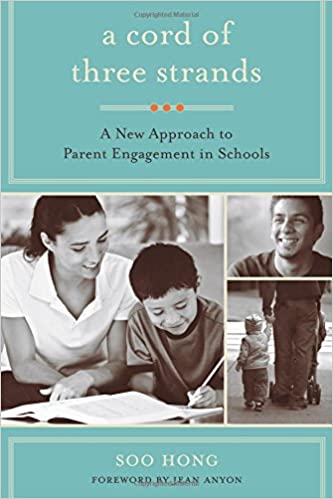
A Cord of Three Strands: A New Approach to Parent Engagement in Schools
By Soo Hong
(Harvard Education Press, 2011) 246 pp. $29.95
This is an in-depth study of the approach used by the Logan Square Neighbor- hood Association (LSNA) in Chicago in its work with parents and schools. Soo Hong demonstrates that parent en- gagement is key to meaningful school reform, that the focus should be on “the relation- ships, rather than the activi- ties of parent engagement,” and that issues of leadership and power must be addressed. This academic study is very readable because so much of it is told through the stories of LSNA parents as they move from reticence about their ability to play a role in their child’s school to being parent mentors and leaders.
Adult Novels
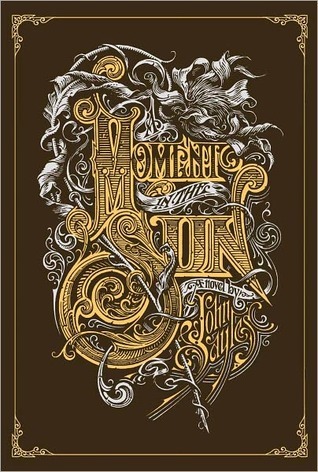
A Moment in the Sun
By John Sayles (McSweeney’s, 2011)
968 pp. $29
We seldom list novels here that are not written for children or young adults. However, Moment in the Sun is well worth being an exception. After all, soon there might be a moment in the sun for summer reading. John Sayles, best known for films such as Matewan, Lonestar, Brother from Another Planet, and Eight Men Out, has just published this epic historical novel. Set at the turn of 19th century, the book draws its title from the W. E. B. DuBois quote about Reconstruction as a “mo- ment in the sun” for African Americans. Sayles uses the stories of 35 vivid characters to illustrate how the sun set at the turn of the century, throughout the United States and in many other parts of the world, thanks to the racism of U.S. policies. An extraordi- nary and memorable combina- tion of great literature and in-depth historical research, it is a Howard Zinn’s A People’s Historyof the United Statesin the form of a novel focused on a turning point in U.S. history. Although the characters are spread as far afield as Alaska, New York, North Carolina, and the Philippines, they are all connected by the threads of racism, classism, and imperial- ism. Another plus of this book: At 968 pages, you will not need to worry about finding other summer reading.

